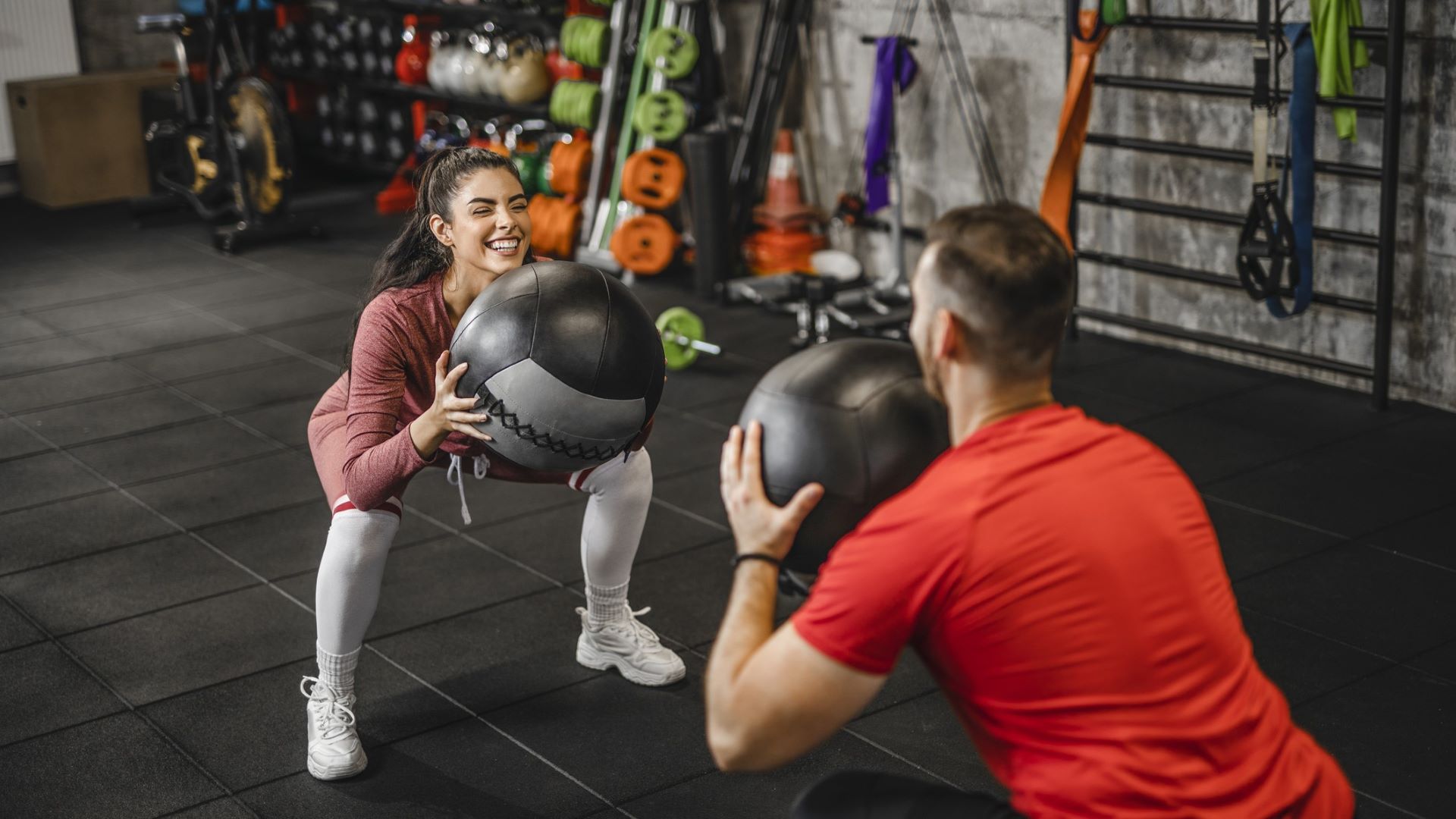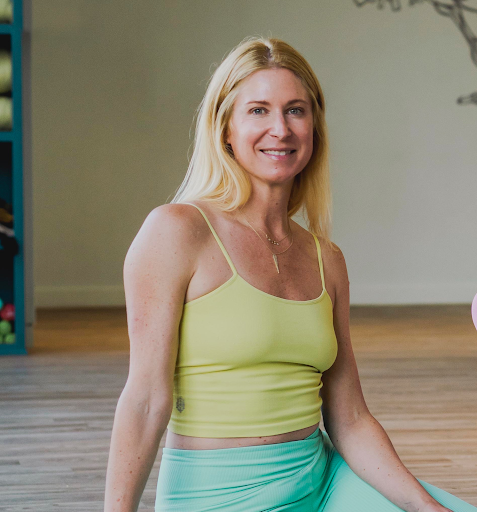Improve your lower body mobility and restore your full range of movement with these five weighted moves
Transform your tight hips with these progressive movements, suitable for all ability levels

If you struggle with lower body mobility, you might have limited movement in your hips, ankles, and knees. It's possible to improve the range of movement in these areas with regular mobility training, which can boost the elasticity and strength of the muscles and tendons surrounding your joints.
We loved this mobility workout from yoga teacher Rory Bradshaw, which gives beginner and advanced options for each movement, making it accessible to every ability level.
Bradshaw highlights the areas of the lower body each movement targets, giving you expert insight and allowing you to cherry-pick the moves to do if you’re short on time.
How to do the workout
A post shared by Rory Bradshaw
A photo posted by rorybradshaw__ on
Bradshaw recommends doing two to three sets of the moves. He says the number of repetitions you should do will be dictated by your own ability, so start with a small number and stop if you experience any pain.
- Split squat
- Cossack squat
- Hip hinge
- Jefferson curl
- Active pigeon
What are the benefits of mobility training?
We spoke to yoga teacher Amanda McCarroll to get her input on the benefits of mobility taining.
"Mobility training is one of the most important types of exercise you can do, especially as you age," she said.
"It focuses on moving the joints in all possible directions while engaging the supporting musculature. This ensures that you increase and maintain the full range of motion of the joints while strengthening and toning the body in an integrative way.
Start your week with achievable workout ideas, health tips and wellbeing advice in your inbox.
"If you want to be doing your favorite things into old age such as getting down on the ground and playing with your grandchildren or activities like golf or tennis, then mobility training is an absolute must."

Amanda McCarroll has been teaching yoga classes for over 25 years. She is the co-owner of buddhimoves.com and Buddhi Yoga in La Jolla, CA with her business partner Carolina Vivas.
Are there any benefits to adding weights to your mobility training routine?
Bradshaw uses weights to increase the difficulty of some of the movements. We wanted to know more about whether this was a good idea.
"Having an improved range of motion isn't helpful if you aren't also strong throughout that entire range," explained personal trainer Tim Steward. "It's one thing to be able to reach your arms over your head without pain. It's another to do it with a 30lb piece of carry-on luggage in an airplane."
In other words, adding resistance to your mobility training can increase your strength and capacity to lift and move through a range of movement patterns.
"A secondary benefit of using weight while training mobility is that it teaches you how to move your body under load without getting injured," added Steward.
"To effectively work on mobility with weight, people need to learn how to properly organize their body [stack their joints and assume a correct stance] and brace to avoid injury. Adding weight tends to make people much more mindful of their movements and pay closer attention to everything that's needed to improve their mobility while avoiding injury.”
If you want a gentler routine, try this 15-minute yoga for mobility flow, which will help you strengthen your joints.

Tim Steward is a nationally certified personal trainer (NCCPT) and strength coach (CSCT) through the ISSA. He also holds national accreditations for both titles with the NCCA. When he's not exercising or writing about home gyms, you can find him at the dog park with his two Australian cattle dogs, Anny and Beans.
Need some more equipment for your home workout sessions? See our guide to the best adjustable dumbbells

Lou Mudge is a Health Writer at Future Plc, working across Fit&Well and Coach. She previously worked for Live Science, and regularly writes for Space.com and Pet's Radar. Based in Bath, UK, she has a passion for food, nutrition and health and is eager to demystify diet culture in order to make health and fitness accessible to everybody.
Multiple diagnoses in her early twenties sparked an interest in the gut-brain axis and the impact that diet and exercise can have on both physical and mental health. She was put on the FODMAP elimination diet during this time and learned to adapt recipes to fit these parameters, while retaining core flavors and textures, and now enjoys cooking for gut health.
